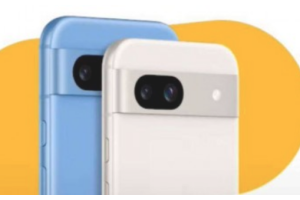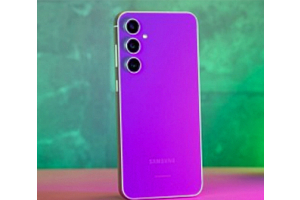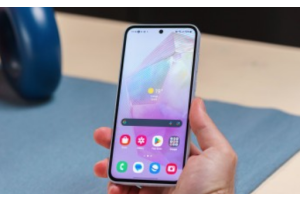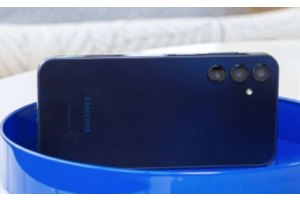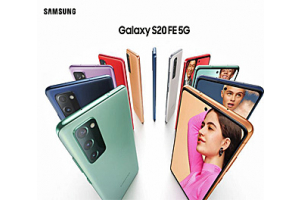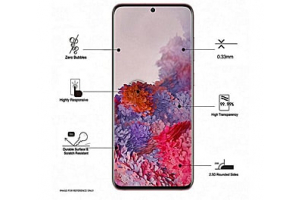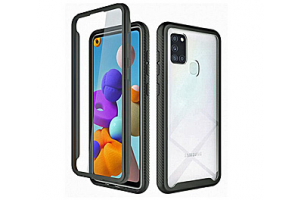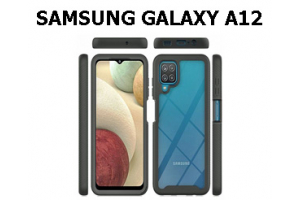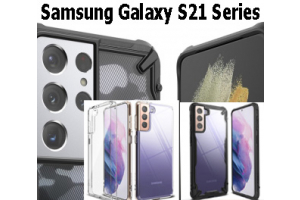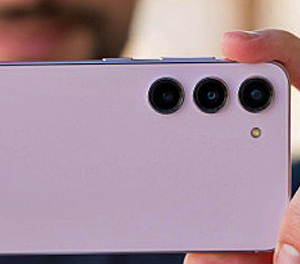
In the ever-evolving landscape of smartphones, Samsung has consistently been at the forefront, pushing boundaries and redefining user expectations. The latest addition to the Galaxy series, the Samsung Galaxy S25 and S25 Plus, takes a bold step forward by opting for Sony camera sensors, signaling a strategic move towards enhancing the photography experience for its users.
The Partnership with Sony:
Samsung's decision to collaborate with Sony for the camera sensors in the Galaxy S25 and S25 Plus reflects a strategic move to leverage Sony's expertise in imaging technology. Sony, a renowned leader in the camera sensor industry, brings its cutting-edge sensor technology to Samsung's flagship smartphones. This partnership aims to deliver superior imaging capabilities, promising users a remarkable leap in camera performance.
Sensor Technology Breakdown:
The Sony camera sensors integrated into the Galaxy S25 series boast advanced technology, including larger pixel sizes, improved low-light sensitivity, and enhanced dynamic range. These technological advancements contribute to sharper, more vibrant, and detailed images, elevating the overall photography experience for users.
Low-Light Photography:
One of the significant improvements introduced by the Sony camera sensors is their enhanced low-light performance. With larger pixels capturing more light, the Galaxy S25 and S25 Plus promise users clearer and brighter photos in challenging lighting conditions. This is particularly beneficial for night photography and indoor shots where lighting may be limited.
Increased Megapixel Count:
The Galaxy S25 series sees a boost in megapixel count, thanks to the Sony camera sensors. This increase allows for more detailed and expansive shots, making the smartphones an ideal choice for photography enthusiasts and professionals. Whether capturing landscapes, portraits, or intricate details, users can expect a higher level of clarity and precision in their photos.
Improved Video Capabilities:
Beyond still photography, the Sony camera sensors in the Galaxy S25 and S25 Plus also contribute to enhanced video capabilities. Users can now capture 8K videos with greater clarity and stability, providing a more immersive and professional-quality recording experience. This improvement is sure to appeal to content creators and those who prioritize video recording on their smartphones.
AI Integration for Smart Photography:
Samsung has taken advantage of Sony's sensor capabilities by integrating advanced artificial intelligence (AI) features into the camera system. The AI-driven enhancements optimize settings based on the scene, ensuring that users can effortlessly capture stunning photos without having to worry about intricate camera settings.
Conclusion:
In opting for Sony camera sensors, Samsung has demonstrated a commitment to delivering a superior photography experience with the Galaxy S25 and S25 Plus. The partnership has resulted in smartphones that not only push the boundaries of imaging technology but also cater to the diverse needs of users, from low-light photography to high-resolution video recording. As we witness this collaboration unfold, it becomes evident that Samsung's decision to integrate Sony camera sensors into its flagship devices marks a significant milestone in the ongoing quest for innovation in the realm of smartphone photography. With the Galaxy S25 series, users can expect to capture and relive their moments with unprecedented clarity, setting a new standard for what is possible in the world of mobile imaging.

